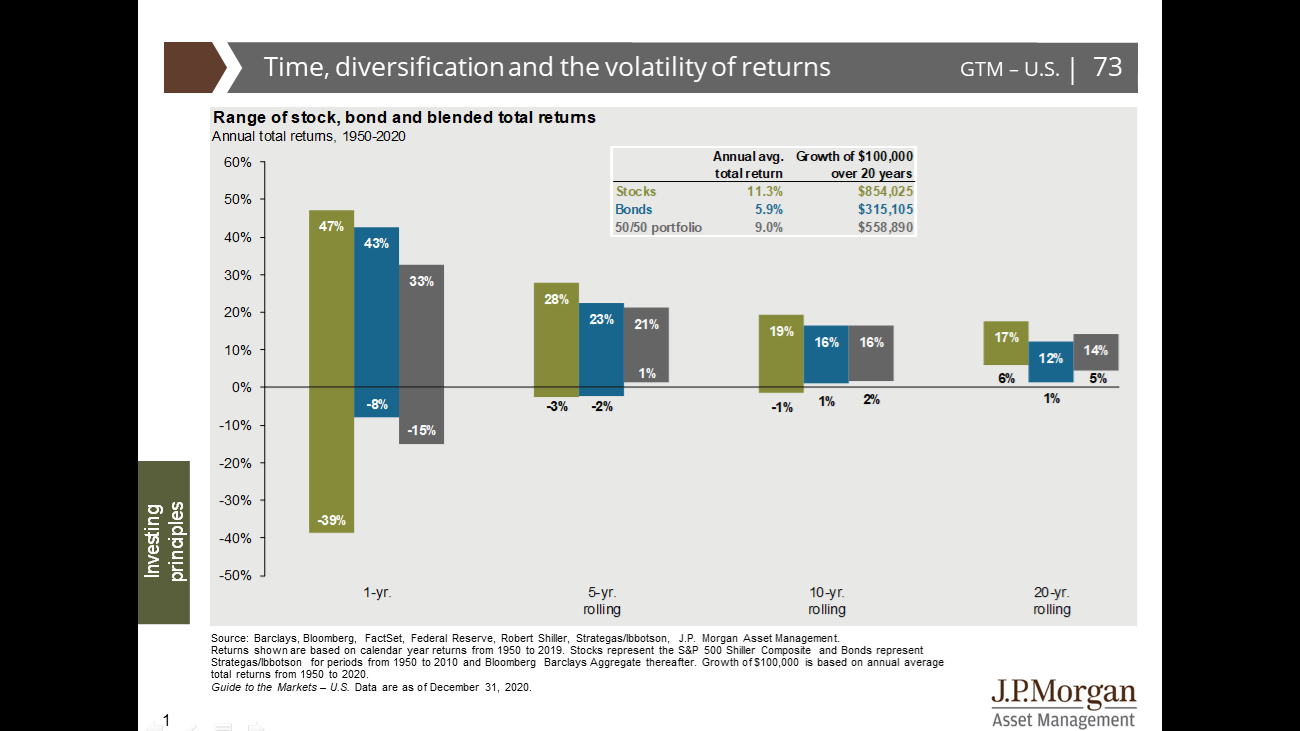Smart Strategies for Passing Down the Family Farm
Handing down the family farm is about more than transferring assets—it’s about protecting a legacy, honoring hard work, and keeping the land in the family for generations to come.
But let’s be honest: planning that handoff can feel overwhelming.
Who takes over? How do you keep things fair without creating tension? What if no one in the family wants to run the farm? These are real questions that deserve thoughtful answers.
Here’s how to start making sense of it all.
It’s Not Just a Business—It’s Personal
When a family business is passed on, emotions always come into play. That’s especially true with a farm. The land holds memories. The work is personal. And for many families, the idea of “just selling it” feels like letting go of a piece of their identity.
So when it comes time to plan the transition, it’s not just about who gets what. It’s about how you make those decisions—and how you talk about them.
Fair Doesn’t Always Mean Equal
One of the most common challenges in family transitions? Trying to split everything equally among children who played very different roles in the business.
Estate planning expert Justin Schumacher puts it simply:
“Equal isn’t always fair.”
If one child has been working on the farm for years and another hasn’t been involved at all, should they really receive the same share? Giving each child exactly the same piece of the pie might seem like the easiest route, but it can cause long-term tension—or even risk the business itself.
Instead, focus on fairness:
Who has been active in the business?
Who wants to keep it going?
Who would rather receive value in other ways?
Answering these questions—openly and honestly—helps set clearer expectations and avoid future conflict.
3 Simple Steps for a Smoother Transition
If you’re beginning to think about passing down the farm, here are three steps to help things go more smoothly:
1. Get Clear on Everyone’s Role
Take stock of who’s involved in the day-to-day work—and who isn’t. This helps shape your transition plan based on actual involvement, not assumptions.
2. Talk About It Early and Often
Don’t wait until a crisis forces the conversation. Sit down with your family, share your intentions, and invite feedback. When people feel heard, they’re more likely to understand—even if they don’t agree.
3. Bring in Outside Help
Sometimes, having an outside advisor in the room makes all the difference. They can offer objective guidance, keep things from getting too emotional, and help you think through scenarios you may not have considered.
What If No One in the Family Wants to Take Over?
It happens more often than you think. Farming is hard work, and not every child wants to continue it. If no one in the family is interested, you still have good options.
Local buyers are often eager to expand, especially those with operations already nearby. Working with professionals to value the farm and prepare for a sale can help you get a fair deal—and feel good about how the legacy moves forward.
Closing Thoughts: Protect the Legacy Without Creating Conflict
There’s no one-size-fits-all approach to handing down a family farm. Every family is different. Every business is different. But the goal is the same: to make decisions that honor your life’s work and protect relationships in the process.
With a little planning—and a lot of communication—you can set the stage for a smooth transition that respects both the business and the people behind it.
Want more insights like this? Check out the episode “Smart Strategies for Passing Down the Family Farm” with Justin Schuhmacher for deeper perspective and practical tips.


